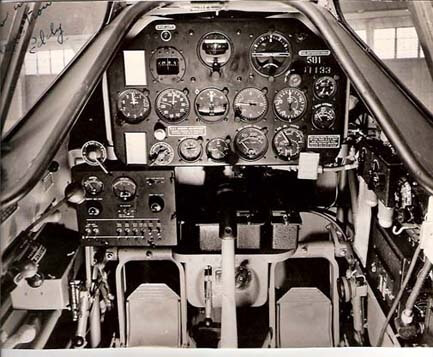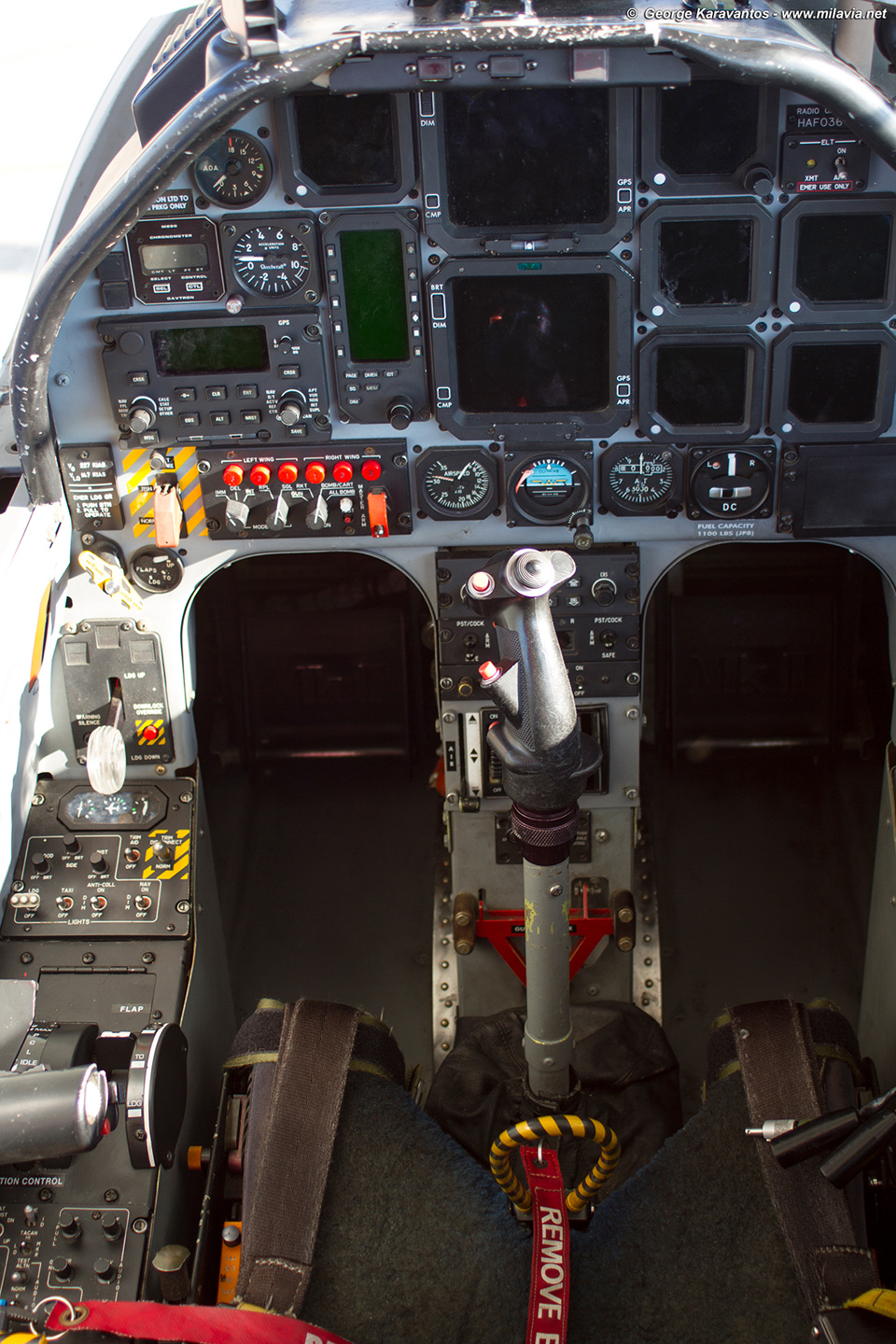

The Texan T MK1 (Texan T1) will be stationed at RAF Valley alongside the Hawk T2. A trainer aircraft based on the Pilatus PC-9, the T-6 has replaced the United States Air Force’s Cessna T-37B Tweet and the. The first aircraft built against the order completed its maiden flight in May and visited the UK to appear at the Royal International Air Tattoo in July. The Beechcraft T-6 Texan II is a single-engine turboprop aircraft built by the Raytheon Aircraft Company (which became Hawker Beechcraft and later Beechcraft Defense Company, and was bought by Textron Aviation in 2014). Subsequent variants include the T-6B for the US Navy and T-6C export version.Ĭhosen to supply a Tucano replacement under UK MFTS, Affinity is sourcing ten T-6C Texan II aircraft from Beechcraft, which is now a Textron company. When the T-6A-1 was developed as the CT-156 for the NATO Flying Training in Canada programme, it was appropriately named Harvard II.

The Texan II name recalls the North American T-6 Texan of World War II, a type used extensively by the RAF and Royal Canadian Air Force as the Harvard. On June 22, 1995, Beech was announced the winner of the JPATS competition and the Texan II began re-equipping USAF flying training squadrons in May 2000. After reworking a Pilatus-supplied airframe, Beech flew a production standard Texan II, known then as the Beech Mk II, for the first time in December 1992. Under Raytheon ownership, Beech developed the T-6A Texan II from the Pilatus PC-9, in response to the long-running US Joint Primary Aircraft Training System (JPATS) requirement to replace the Cessna T-37. The T-6C takes over training duties from the Tucano. The aircraft’s mission system is capable of generating simulated air-to-air targets and scoring against the release of simulated air-to-ground ordnance. CAPABILITYĬontinuing the precedent set by the Tucano for employing a tandem-seat turboprop basic trainer, the Texan II replaces the analogue cockpit of the earlier machine with a digital glass cockpit featuring modern avionics. Students will progress onto the aircraft from the Prefect and move forwards to the Hawk T2.

JPPT began in October 2001 at Moody AFB, Ga., and is currently at Columbus AFB, Miss., Vance AFB, Okla, and Laughlin AFB and Sheppard AFB in Texas.The Beechcraft Texan T MK1 (Texan T1) will take over the basic fast jet training role currently fulfilled by the Tucano T.Mk 1. Instructor pilot training in the T-6A began at Randolph AFB in 2000. The T-6A is used to train JPPT students, providing the basic skills necessary to progress to one of four training tracks: the Air Force bomber-fighter or the Navy strike track, the Air Force airlift-tanker or Navy maritime track, the Air Force or Navy turboprop track and the Air Force-Navy helicopter track. Air Force production of the aircraft was completed in 2010.
#T 6 TEXAN II COCKPIT FULL#
The full rate production contract was awarded in December 2001. The first operational T-6A arrived at Randolph Air Force Base, Texas, in May 2000. 5, 1996, Raytheon was awarded the JPATS acquisition and support contracts. The system includes a suite of simulators, training devices and a training integration management system. The aircraft is fully aerobatic and features a pressurized cockpit with an anti-G system, ejection seat and an advanced avionics package with sunlight-readable liquid crystal displays.īefore being formally named in 1997, the T-6A was identified in a 1989 Department of Defense Trainer Aircraft Master Plan as the aircraft portion of the Joint Primary Aircraft Training System, or JPATS. Because of its excellent thrust-to-weight ratio, the aircraft can perform an initial climb of 3,100 feet (944.8 meters) per minute and can reach 18,000 feet (5,486.4 meters) in less than six minutes. The T-6A has a Pratt & Whitney Canada PT6A-68 turbo-prop engine that delivers 1,100 horsepower. The state-of-the-art, all-digital, open-architecture glass cockpit offers the crystal clear. Pilots enter the T-6A cockpit through a side-opening, one-piece canopy that has demonstrated resistance to bird strikes at speeds up to 270 knots. The T-6C Texan II empowers pilots to see the whole picture. A pilot may also fly the aircraft alone from the front seat. Navys Aviation Cadet Training Program toward the end of World War II. Stepped-tandem seating in the single cockpit places one crewmember in front of the other, with the student and instructor positions being interchangeable. And anyone who attends airshows can tell you that the T-6 Texan is ubiquitous. Produced by Raytheon Aircraft, the T-6A Texan II is a military trainer version of Raytheon's Beech/Pilatus PC-9 Mk II. The T-6A Texan II is a single-engine, two-seat primary trainer designed to train Joint Primary Pilot Training, or JPPT, students in basic flying skills common to U.S.


 0 kommentar(er)
0 kommentar(er)
